
Martin Luther
1483–1546
Here He Stood
By John Piper
One of the great rediscoveries of the Reformation — especially of Martin Luther — was that the word of God comes to us in the form of a book, the Bible. Luther grasped this powerful fact: God preserves the experience of salvation and holiness from generation to generation by means of a book of revelation, not a bishop in Rome.
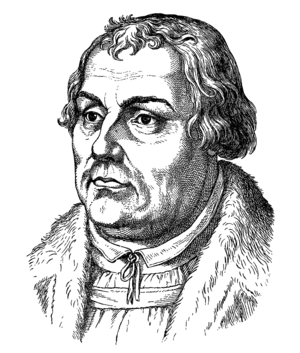
The life-giving and life-threatening risk of the Reformation was the rejection of the pope and councils as the infallible, final authority of the church. Luther’s adversary, Sylvester Prierias, wrote, “He who does not accept the doctrine of the Church of Rome and pontiff of Rome as an infallible rule of faith, from which the Holy Scriptures, too, draw their strength and authority, is a heretic” (Luther, 193). It followed that Luther would be excluded from the Roman Catholic Church. “What is new in Luther,” Heiko Oberman says, “is the notion of absolute obedience to the Scriptures against any authorities; be they popes or councils” (Luther, 204).
This rediscovery of the word of God above all earthly powers shaped Luther and the entire Reformation. But Luther’s path to that rediscovery was a tortuous one, beginning with a lightning storm at age 21.
Fearful Monk
On July 2, 1505, on the way home from law school, Luther was caught in a thunderstorm and was hurled to the ground by lightning. He cried out, “Help me, St. Anne! I will become a monk.” Fifteen days later, to his father’s dismay, Luther left his legal studies and kept his vow.
He knocked at the gate of the Augustinian hermits in Erfurt and asked the prior to accept him into the order. At 21, he became an Augustinian monk. At his first Mass two years later, Luther was so overwhelmed at the thought of God’s majesty that he almost ran away. The prior persuaded him to continue.
But this incident of fear and trembling would not be an isolated one in Luther’s life. Luther himself would later remember of these years, “Though I lived as a monk without reproach, I felt that I was a sinner before God with an extremely disturbed conscience. I could not believe that he was placated by my satisfaction” (Selections, 12).
Luther would not be married for another twenty years — to Katharina von Bora on June 13, 1525 — which means he lived with sexual temptations as a single man till he was 42. But “in the monastery,” he said, “I did not think about women, money, or possessions; instead my heart trembled and fidgeted about whether God would bestow his grace on me.” His all-consuming longing was to know the happiness of God’s favor. “If I could believe that God was not angry with me,” he said, “I would stand on my head for joy.”
Good News: God’s Righteousness
In 1509, Luther’s beloved superior and counselor and friend, Johannes von Staupitz, allowed Luther to begin teaching the Bible. Three years later, on October 19, 1512, at the age of 28, Luther received his doctor’s degree in theology, and von Staupitz turned over to him the chair in biblical theology at the University of Wittenberg, which Luther held the rest of his life.
As Luther set to work reading, studying, and teaching Scripture from the original languages, his troubled conscience seethed beneath the surface — especially as he confronted the phrase “the righteousness of God” in Romans 1:16–17. To Luther, “the righteousness of God” could only mean one thing: God’s righteous punishment of sinners. The phrase was not “gospel” to him; it was a death sentence.
But then, in the work of a moment, all Luther’s hatred for the righteousness of God turned to love. He remembers,
At last, by the mercy of God, meditating day and night, I gave heed to the context of the words, namely, “In it the righteousness of God is revealed, as it is written, ‘He who through faith is righteous shall live.’” . . . And this is the meaning: the righteousness of God is revealed by the gospel, namely, the passive righteousness with which [the] merciful God justifies us by faith, as it is written, “He who through faith is righteous shall live.”
He concludes, “Here I felt that I was altogether born again and had entered paradise itself through open gates.”
Standing on the Book
Luther was not the pastor of the town church in Wittenberg, but he did share the preaching with his pastor friend, Johannes Bugenhagen. The record bears witness to how utterly devoted he was to the preaching of Scripture. For example, in 1522 he preached 117 sermons, the next year 137 sermons. In 1528, he preached almost 200 times, and from 1529 we have 121 sermons. So the average in those four years was one sermon every two-and-a-half days.
Over the next 28 years, Luther would preach thousands of sermons, publish hundreds of pamphlets and books, endure scores of controversies, and counsel innumerable German citizens — all to spread the good news of God’s righteousness to a people trapped in a system of their own merit. Through it all, Luther had one weapon with which to rescue this gospel from being sold in the markets of Wittenberg — Scripture. He drove out the moneychangers — the indulgence sellers — with the whip of the word of God, the Bible.
Luther said with resounding forcefulness in 1545, the year before he died, “Let the man who would hear God speak, read Holy Scripture.” Here alone, in the pages of the Bible, God speaks with final authority. Here alone, decisive authority rests. From here alone, the gift of God’s righteousness comes to hell-bound sinners.
He lived what he urged. He wrote in 1533, “For a number of years I have now annually read through the Bible twice. If the Bible were a large, mighty tree and all its words were little branches, I have tapped at all the branches, eager to know what was there and what it had to offer” (What Luther Says, Vol. 1, 83). Oberman says Luther kept to that practice for at least ten years (Luther, 173). The Bible had come to mean more to Luther than all the fathers and commentators.
Here Luther stood, and here we stand. Not on the pronouncements of popes, or the decisions of councils, or the winds of popular opinion, but on “that word above all earthly powers” — the living and abiding word of God.
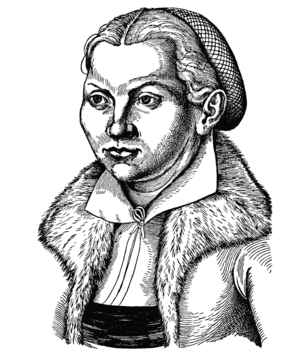
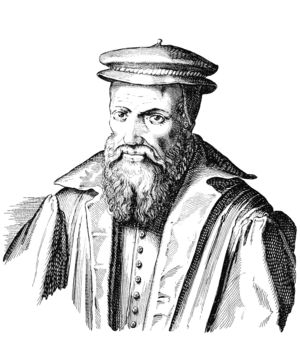
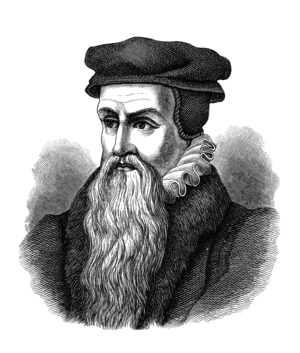
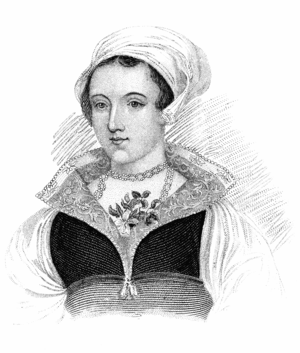
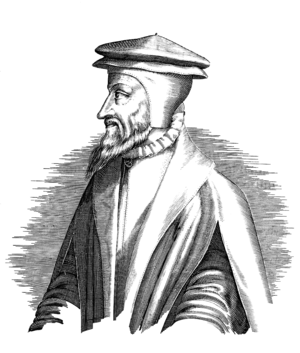
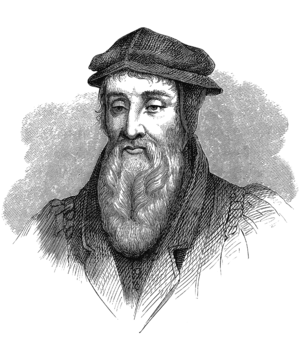
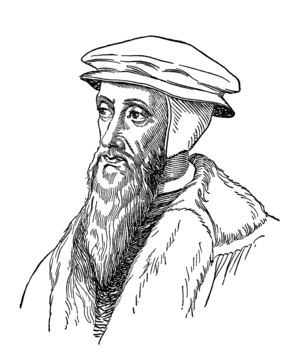
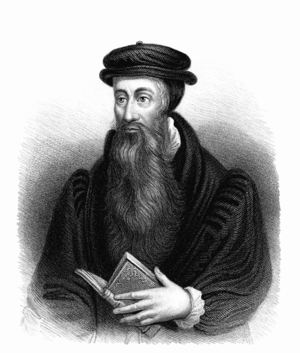
Recent Comments